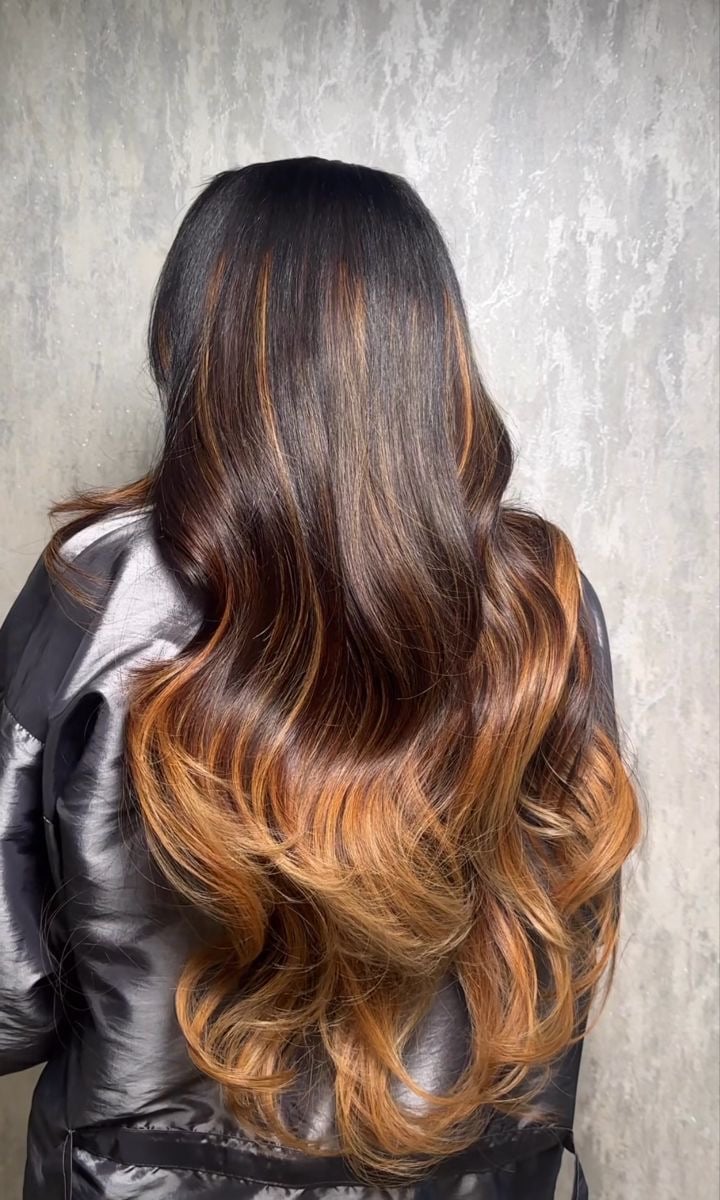Over the last 25 years, the global market for wigs, hair bundles and extensions has evolved from a niche beauty market into a mainstream multi-billion dollar industry. Demand has been driven by fashion trends, celebrity influence, medical needs, and the growing online shopping scene.
For entrepreneurs, Hair offers a variety of profitable business models — from large supplier chains to small side hustles easily set up on platforms such as TikTok or WhatsApp business. Basically, as the business owner, you have the freedom to set yourself up in whatever way works for you.
Market growth and demand
- The wigs and hair extensions market is valued in the multi-billion dollar range globally, with steady growth over the next decade.
- Human-hair products still sell at an higher price point with attention to quality, and have a higher demand from consumers within the market, while synthetic and blended products are attractive for their affordability and convenience.
- The core buyer group for wigs and extensions are aged roughly 25–45. This group is also proving strong with its online shopping activity.
The Business Challenge
Despite recognising all of the above as the perfect business opportunity, may struggle to find reliable suppliers and vendors. Further, the history and storing behind Hair products and where they are made is often not clear. Unfortunately, starting a Hair business without this information immediately lowers the profit margins, success rates, consumer retention and overall growth of the business.
So where is Hair sourced from?
The majority of the Hair used to make wigs, bundles, extensions is sourced from Southeast Asia. China is the biggest producer and supplier of hair products, with a history dating back to the Ming Dynasty. The amount of Hair factories in China that supply major companies all over the world are enough to motivate you to look into establishing business partnerships with these factories.
Many factories offer private-labeling, custom packaging and small-batch OEM runs — useful for new brands testing product-market fit. Also; ports, consolidated logistics, and export services make China efficient for international shipping when planned correctly.
The Business Opportunity
If you have a passion for Hair or beauty, or are keen to start a business that brings in extra income, now is the time to start. With a direct line to source factories who have already been screened, vetted and handpicked, it couldn’t be any more simple. If industry standard top-quality human hair and premium synthetic fibre is what you’d like to start with; the list of contacts is already there. Instead of going through an endless search for potentially unsuccessful trials, save your time and refer to a ready made system that is made specifically for people in your exact position.
Business models to try
Direct-to-Consumer (DTC) Private Label
- Pros: Higher margins, direct customer data, brand control.
- How: Curate 2–4 core SKUs, invest in strong photography + styling tutorials, offer a clear returns policy.
Stylist/Salon Partnerships
- Pros: Built-in distribution, social proof from professionals.
- How: Give stylists a revenue share or wholesale pricing; feature them as brand ambassadors.
Wholesale for Retailers & Salons
- Pros: Predictable bulk orders, lower marketing spend.
- How: Build reliable supply, keep MOQ flexible, and deliver consistent QC.
Subscription / Replenishment Models
- Pros: Recurring revenue, higher lifetime value.
- How: Offer scheduled shipments for stylists or heavy users (e.g., monthly/quarterly bundles).
Niche Luxury or Ethical Lines
- Pros: Price premium, defensible brand story.
- How: Source traceable human hair, highlight fair practices, and provide provenance storytelling.
Examples to learn from: Mayvenn Hair (platform + stylists)
Mayvenn (founded by Diishan Imira) shows how combining supply, tech and community can scale quickly. Mayvenn built a two-sided platform that enabled hair stylists to sell hair and services to consumers, sharing revenue and leveraging stylist networks as sales channels. The key lessons from this model:
- Use existing influencers (stylists) as sales partners.
- Control product supply to ensure margin and consistency.
- Invest in simple tech that reduces friction for both sellers and buyers.
Other hair business with a large social media presence:
- ICE LUXURY HAIR STORE
- ZEE HAIR SA
- SARMADINA DE BEAUTE
- HAIR SO FAB
Things to remember
- Trends come and go. Focus on what is in demand in your specific market
- Research before you jump in. You can have the most amazing hair and resources, but if you don’t know what your customers expect you to know, your growth will be slowed.
- Your motivation and drive will determine the long-term success of your business
- Never lead with price. Lead with quality. Price shouldn’t be your main focus.
- Lastly, be ready to invest. Your time, energy, money and resources should be available at the onset. If it’s not yet there, realign and decide what is a priority.
Final takeaways
The wigs, bundles and extensions market is large and growing — attractive for entrepreneurs who can combine supply-chain savvy skills with strong branding and authentic partnerships (stylists, micro-influencers, salons). China remains a powerful sourcing region — but success depends on smart decisions, partnering with the right suppliers, knowing your product, and investing your resources.
If you’re ready to join countless others in this high earning industry, reach out to me for access to my hand-picked vendors lists, all from factories in China. You’re also welcome to fast track and gain immediate access to my 2025 Top Hair Vendors List.
I’d love to hear from you. Book a consultation and let’s connect!

